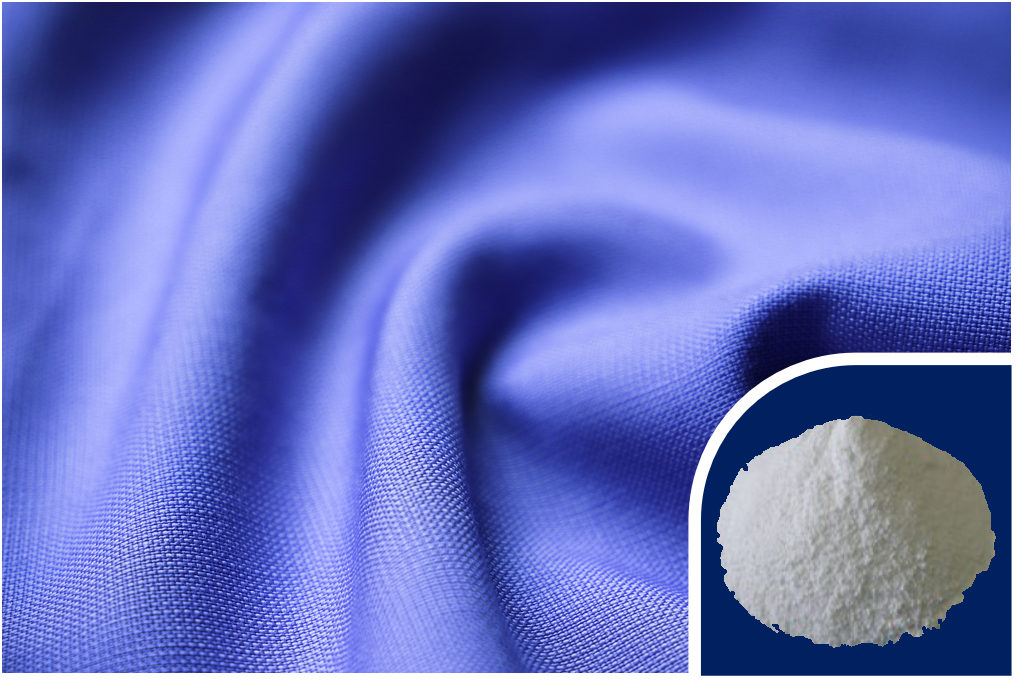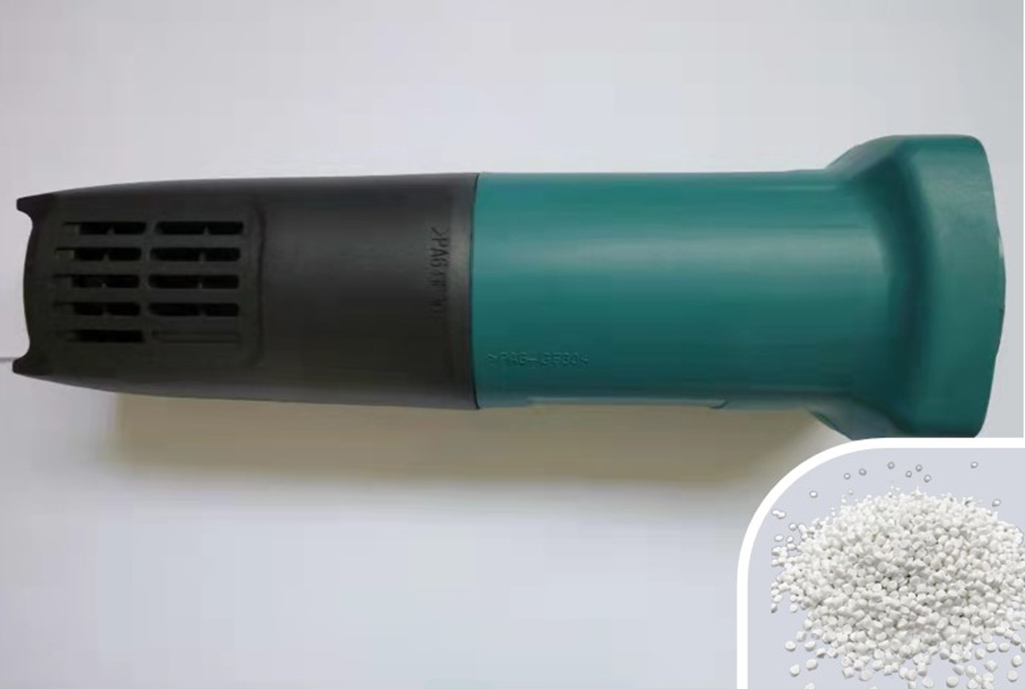How does the cost of this composite flame retardants compare to traditional flame retardants?
2024-07-30
When comparing the cost of composite flame retardants with traditional flame retardants, the following are detailed considerations:
Raw material costs:
Raw materials of composite flame retardants: Composite flame retardants are usually mixed with multiple chemicals, which may include specific flame retardants, plasticizers, fillers, etc. Its cost depends on the market price and dosage of each component.
Raw materials of traditional flame retardants: Traditional flame retardants may use single or fewer chemical components, whose price and availability may be different from the multiple components required for composite flame retardants.
Production process:
Production process of composite flame retardants: The manufacture of composite flame retardants may require complex process steps and equipment, such as mixing, reaction, molding, etc., which may increase production costs.
Production process of traditional flame retardants: The usual preparation process of traditional flame retardants may be relatively simple, so the production cost may be low.
Use efficiency:
Use efficiency of composite flame retardants: Composite flame retardants may achieve better flame retardant effects at low dosages due to their special combination of ingredients, so they may be more efficient than traditional flame retardants in actual applications.
Efficiency of traditional flame retardants: Traditional flame retardants may require higher dosages in some cases to achieve the same flame retardant effect, which will increase material costs.
Comprehensive cost-effectiveness:
Comprehensive cost-effectiveness of composite flame retardants: Although the individual price of composite flame retardants may be higher, they can bring overall cost savings by reducing material loss, extending the service life of materials, or reducing subsequent processing costs.
Comprehensive cost-effectiveness of traditional flame retardants: Traditional flame retardants may be lower in cost individually, but whether their comprehensive benefits can match composite flame retardants requires specific analysis.

Market competition and supply chain:
Market competition and supply chain of composite flame retardants: If the production and supply chain of composite flame retardants are stable and the supply is sufficient, they may be competitive in the market, thus affecting their price stability.
Market competition and supply chain of traditional flame retardants: The supply chain of traditional flame retardants may be more mature and stable, but if faced with new environmental protection requirements or performance restrictions, it may affect its market position and price.
Sustainability and environmental protection requirements:
Sustainability and environmental protection requirements of composite flame retardants: If composite flame retardants comply with current environmental regulations or market trends, they may be favored in the market, thus affecting their market price and market share:
Sustainability and environmental protection requirements of traditional flame retardants: Traditional flame retardants may require additional treatment measures when facing environmental protection requirements, which may increase their overall cost.
Comparing the cost of composite flame retardants with traditional flame retardants involves not only the price of a single raw material, but also the production process, use efficiency, comprehensive cost-effectiveness, market competition and supply chain conditions, and environmental protection requirements.




















